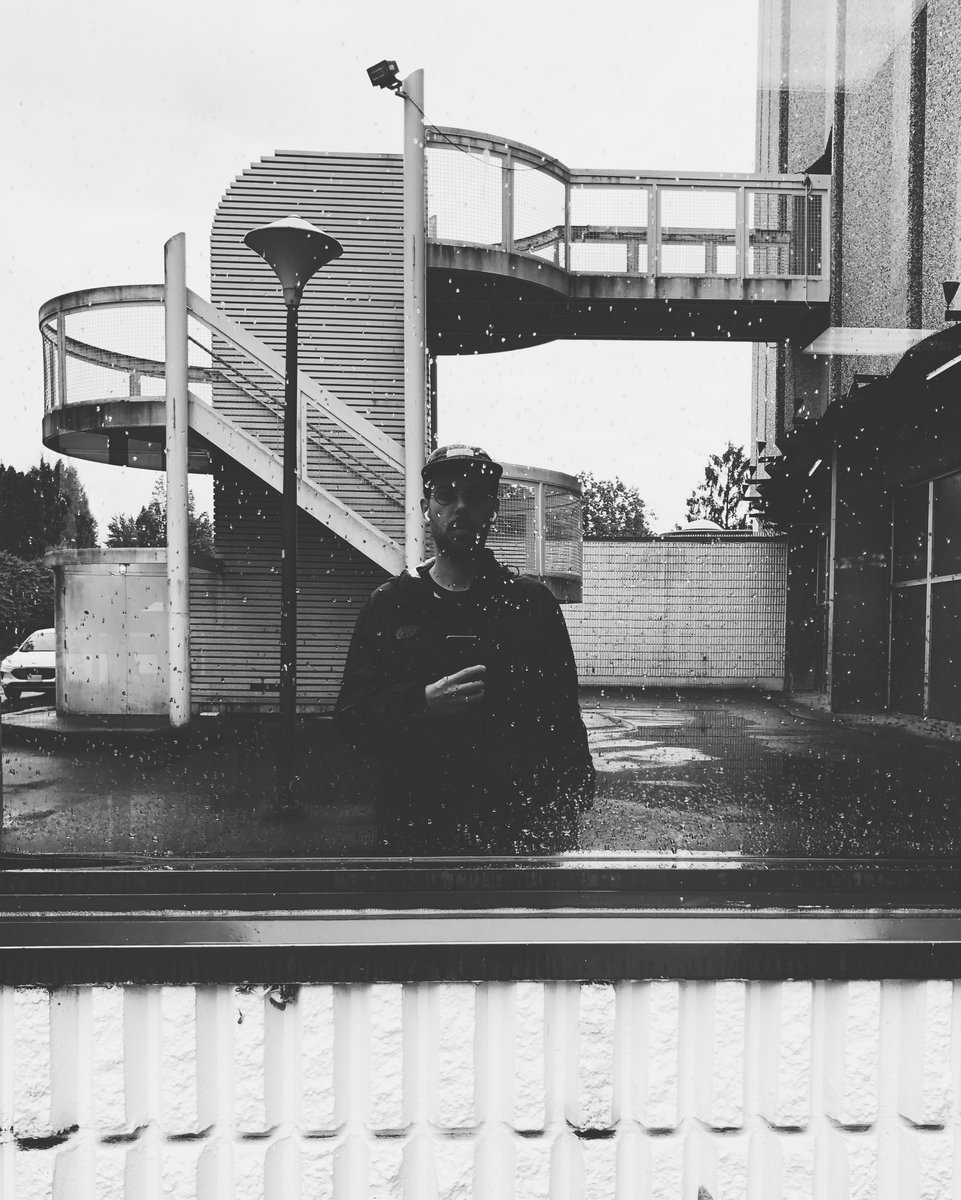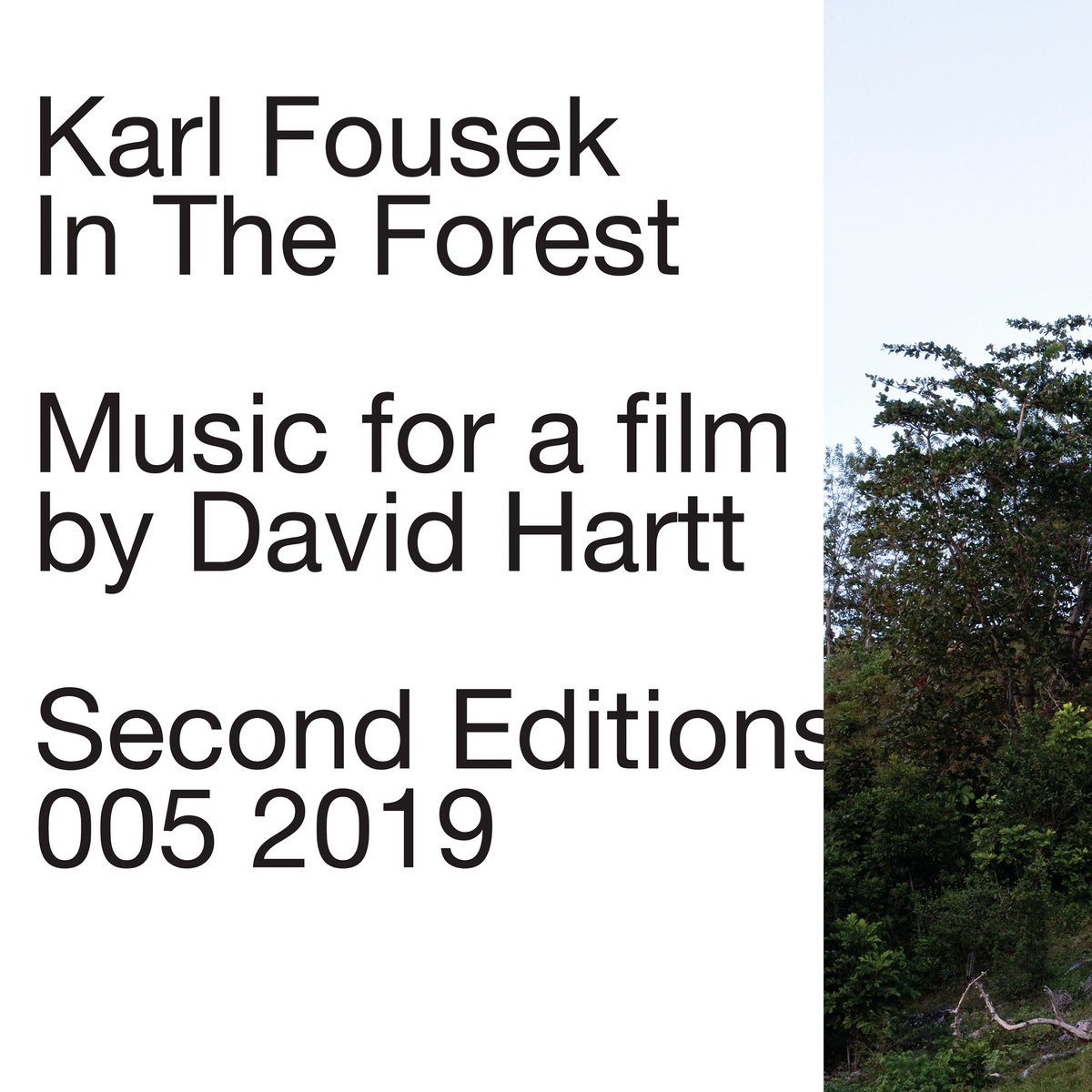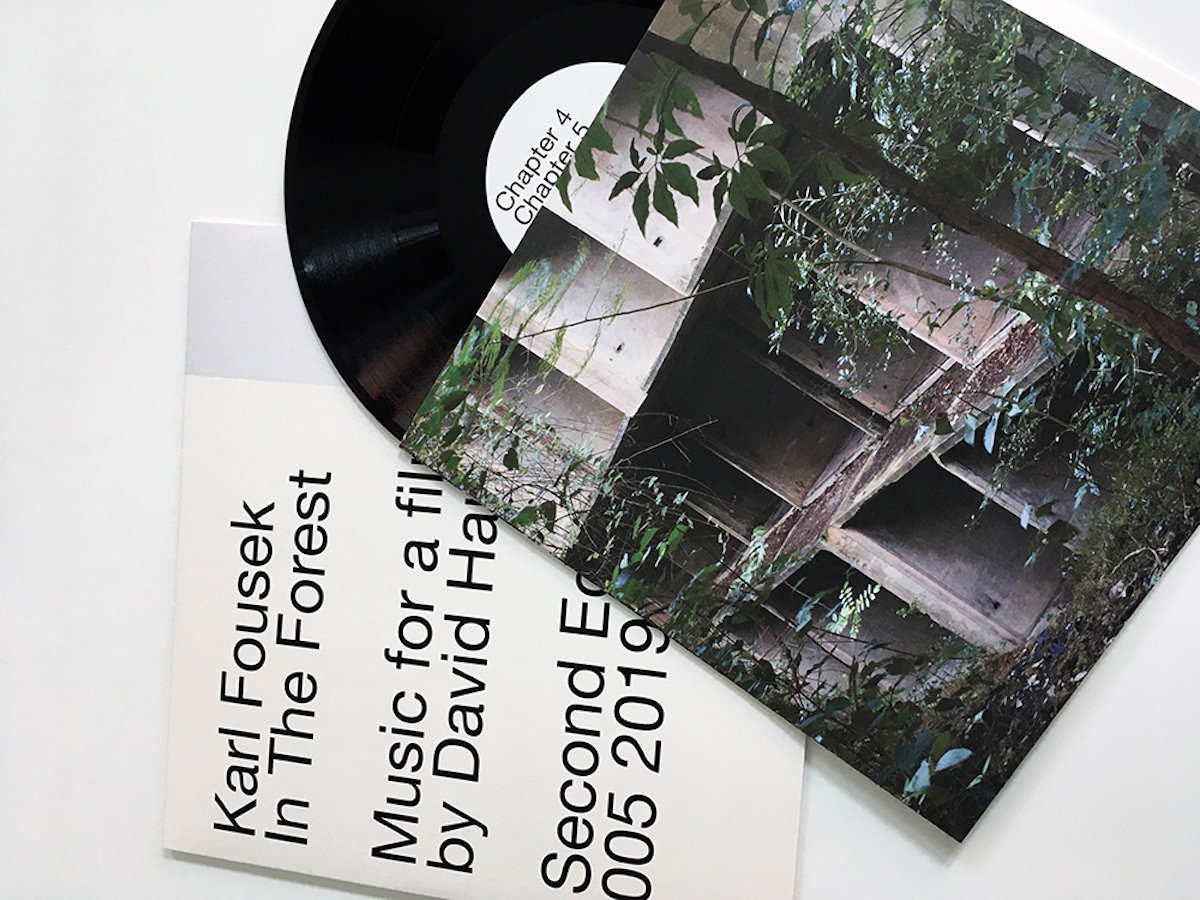Karl Fousek - In the Forest
Album information
| Title | In the Forest |
| Musician | Karl Fousek |
| Release Year | 2019 |
| Label | Second Editions |
Introduction
in the forest is an installation work by David Hartt, to which Karl Fousek did the score, in 2017. The work is centred around a prefabricated housing project for San Juan Puerto Rico, called Habitat Puerto Rico, after the famous Habitat 67 by Israeli-Canadian architect and urban designer Moshe Safdie.
After 30 units were built (out of 800), the government cut funding to the project, resulting in the abandonment of the housing. Nature of course has taken it’s hold, and the construction is now overtaken by nature.
Karl Fousek is a Canadian musician and composer, exploring sound synthesis in multiple approaches, ranging from improvised music, generative music, drone or minimalism.
From solo works to collaborations, there is much to explore in his catalog, to which I only have touched a small part.

Karl Fousek
David Hartt is a Montréal born artist, living and working in Philadelphia, where he is an Assistant Professor, in the Department of Fine Arts at the University of Pennsylvania.
He has an extensive body of work, regarding social, cultural and economic complexities of his subjects, as well as the persistence and transformation of ideas through time.
In the Forest (the album)
I came across “In the Forest” in early 2019 (January 3rd), when Karl Fousek announced the release would be available in March. The announcement came with a preview of Chapter 3, which I listened to and it peaked my interest.
Upon the official release, I listened in full to the album. After having heard the preview, when listening to the album I was not surprised with the quality, both of the songs themselves as well as of the synthesis; they maintained the same high standards as the preview.
My immediate comment was “very natural sounding”, to which Fousek replied with more information on the process. His objective was to use synthesis, yet avoid the traditional synth sounds, be those retro or futuristic sounding ones.
The goal became to synthesise sounds that had an acoustic character but didn’t emulate any specific object/sound and also didn’t fully sacrifice some electronic qualities. — Karl Fousek
A semi-improvised and semi-generative/procedural approach was taken to record the multiple takes later being subject to a process of decision making, regarding what did and didn’t work in terms of editing and selecting the music.
The album is split into 5 songs, or Chapters.

In the Forest cover
Second Editions did a physical release in 2019, and a digital edition can be found in Karl Fousek’s bandcamp.
Chapter 1
Chapter 1 is a 4 minute drone, comprised of 3 beating sine waves. A minimal exercise intended to grab our attention. Subtle changes make the beating more or less evident; amazing what just 3 sine waves, the purest sound wave can create.
Chapter 2
Chapter 2 we are presented with FM [1] synthesis.
Interwoven metallic percussive sounds (where FM synthesis truly shines) are present throughout the piece, ranging from lower to higher register in pitch. As they ring out, the create a drone like texture. Despite being the smallest chapter, it is imbued with beauty and calm.
Chapter 3
This was the preview released by Fousek early in 2019. It has since become my favourite chapter. Continuing the approach shown previously, we are presented with percussive elements. This time, it is like wood is being struck inside a large reverberating space. There are reverb tails, yet there is no ringing like previously shown. There is a mix of sound and silence, letting sounds breathe in space. Spatialisation in also key here, as sounds are sprout from different locations in the stereo field.
Like stated before, this was the one that sparked my comment “very natural sounding”.
Chapter 4
Here we are taken back to a drone; it lays a sonic bed for the noise like sounds that are akin to breathing or wind. As the song unfolds, these breathing/wind-like sounds resemble multiple entities, each with their own position in space, timbre and register. They ebb and flow, mixed with the drone bed, lulling you as they carry you through time.
Chapter 5
Closing chapter is again a percussive exercise, Similar to Chapters 2 and 3. The sounds here are not of a physical quality, like metallic or wooden, but simpler synthetic soothing ones. It gives me the impression it is a small closing note of the whole album, creating a small contrast with Chapter 2 and 3 with it’s natural metallic and wooden sounding elements.

In the Forest LP
Closing remarks
This is a wonderful exercise in composition and synthesis, I do recommend listening to it with either a good pair of headphones or speakers; listening to it on the mobile phone with those crappy headphones or laptop speakers does not do it justice.
Also, for those that “don’t like electronic music”, this would be an excellent place to start. It is not harsh to the ears for those unaccustomed to this kind of sounds, plus “In the Forest” is able to awaken a sort of curiosity for further exploration. Much like nature took hold of the construction in Habitat Puerto Rico, so does In the Forest’s unfolding of Chapters takes over you.
Since the sounds do not emulate instruments digitally, they are their own entities. The “don’t like electronic music” people will be caught off-guard. Fousek provides them a good example of what synthesis is capable of besides emulating instruments and how one can use it musically.
The various chapters can be seen as a showcase of different approaches to synthesis, and Karl Fousek did a tremendous job in creating wonderful and rich sounds, being those just the simple interplay of 3 sine waves or the complexity of FM sounds.
The juxtaposition of the drone chapters with the percussive ones gives the listener a time to breathe, maintaining an equilibrium throughout the listening session. It never gets dull.
I wish I could see the installation by David Hartt, to fully appreciate Karl Fousek’s score; it truly would make it complete. In the meantime there is always the audio part available.
Frequency modulation ↩︎